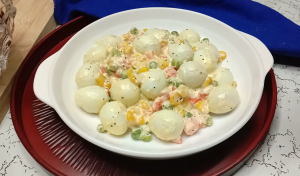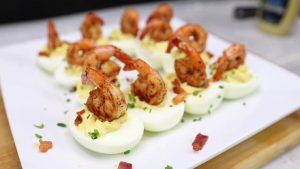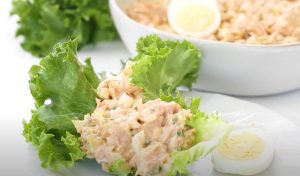
Deviled Egg
Deviled eggs are a versatile and delightful appetizer that can be customized to suit any palate. This collection features a variety of recipes, from the classic to the adventurous, ensuring there's something for everyone. For a unique twist, try the Quail Eggs Recipe or the flavorful Chinese Deviled Eggs Recipe. Bacon lovers will enjoy the Bacon Deviled Eggs Recipe, while cheese enthusiasts might prefer the Pimento Cheese Deviled Eggs Recipe. If you're short on time, the Instant Pot Deviled Eggs Recipe is a quick and easy option. For those who love a bit of a kick, the Deviled Eggs with Horseradish and Dill Recipe and the Spicy Deviled Eggs Recipe are sure to please. Sweet tooths aren't left out with the Sweet Deviled Eggs Recipe. Pickle fans will relish the Dill Pickle Deviled Eggs Recipe, and avocado aficionados will adore the Guacamole Deviled Eggs Recipe. For a touch of elegance, the Buffalo Blue Cheese Deviled Eggs Recipe and the Corn, Crab, and Old Bay Deviled Eggs Recipe are perfect choices. Dive into these recipes and discover the endless possibilities of deviled eggs.








